Hindus allover India observe Maha Shivaratri, known as Padmarajarathri as well annually as a festival to honor and worship Lord Shiva. Devotees go on doing various religious activities in order to appease Lord Shiva on this particular day; worship Him and keep a hard fast on this very day. A person is also blessed with Moksha or salvation once he or she can please Lord Shankara on this auspicious day.
Read More on Masik Shivratri
This year, the Chaturdashi date of Krishna Paksha of the Phalgun month starts from 08.02 pm on Saturday, 18 February. Chaturdashi Tithi will end the day next on 19th February, Sunday, at 04:18 in the evening.
On this particular day, Lord Shiva married Goddess Parvati. In scriptures it is also mentioned that Shiva entered into deep meditation after Sati died. Sati reincarnated as Parvati with the ardent desire to become the consort of Lord Shiva. As an obvious result, Maha Shivratri marks the auspicious union of Shiva and Parvati on the 14th of the dense dark fortnight in the Hindu calendar month of Phalguna.
All about the Maha Shivratri
This very auspicious occasion holds a deep meaning for all the devotees of Lord Shiva, one of the three Supreme Lords, narrated as the god of destruction. Half of the lunar month shrouded in darkness holds a special meaning to the Lord. Though Shivaratri is celebrated every month, this becomes more symbolic when it falls in the month of Magha or Phalguna as per the Hindu calendar.
This Shivaratri day marks the onset of the summer days too. The auspicious day is particularly observed by the devotees as they go on fasting and pay heartfelt reverence to Shiva lingam, a symbol of Lord Shiva. Maha Shivratri is translated literally as “the great night of Lord Shiva.” Festivities, fairs, and various celebrations mark the day as one of the most auspicious occasions of the Hindus.
Significance of Maha Shivaratri 2023
This day carries different meanings for different persons. For those who are on the path of spirituality, holds a special importance. On the other hand, those who are involved in the day to day mundane life and go on trying to do any work for their livelihood find enough reasons to celebrate this day to win the grace of Lord Shiva.
The festival also acknowledges the fact that it is Lord Shiva’s wedding day with the incarnation of Shakti, Mother Parvati. People with solemnity and deep devotion go on fasting for a powerful married life like Lord Shiva and Parvati.
Read More on MAHASHIVRATRI FESTIVAL
For the ascetics and spiritual minded people, this is the day when he became a yogi. Having been amalgamated with Mount Kailash He could not but be a stoic like the majestic peak. It was on this very auspicious day that the Lord became the Adi Guru, or the very first guru of the yogis and ascetics on this very day. That’s why the day holds much relevance for the saints, sages and ascetics who see it as the great night of observing total selflessness.
Maha Shivratri Puja Vidhi
The auspicious puja of this particular day is performed during night. Those who are willing to perform the rituals must dip into a holy river or pond and put on clean clothes. Thereafter they perform the below-mentioned rituals to seek the blessings of the Lord:
The person sits in a secluded place and meditates to align him/herself with the high power.
One should place the picture of Lord Shiva on a platform or sit before the Shiva lingam on a prayer mat.
Lighting of an oil lamp to the right side of the platform is indicated.
It is the ritual to start the puja by sprinkling some water at the feet of the lord.
One must offer an arghya or offerings to the Lord.
Performing achamana (pouring of water in the palm of the right hand and consuming it) the puja is started.
It is ideal to perform an abhishek of the Lord using Ganga water, milk, curd, and honey.
Offering of a sacred thread to the Lord is mandatory.
Offering of a janeu and some akshats to the idol/Lingam is must.
Smearing of some sandalwood paste and sprinkling of perfume on the Lingam is also specifically done.
Offering of flowers like dhatura, leaves of bael , fruits, and other white flowers to the idol is also done by the devotees.
Lighting of incense sticks or dhoop is mandatory.
Offering of bhog or Naivedhya is prepared using a satvic recipe. It is given to the Lord.
The devotees should perform parikrama or circumambulation.
Performing of puja aarti is necessary and at the end of the puja the devotees should offer pushpanjali/ flower offerings.
Different rituals followed on Mahashivaratri
Different rituals are followed while celebrating the festival that symbolizes the holy union of Shiva and Parvati. But here we can cast a glance at some of the major rituals associated with the holy occasion:
Those who who are highly devoted to the Lord both young and old, go on for a fast for the whole day. Some even don’t take a sip of water. Women go on praying for the longevity of their husbands while unmarried women pray to have an ideal husband like Lord Shiva.
In the famous temples of Lord Shiva thousands of devotees visit with absolute devotion and solemnity to seek the blessings of the Lord and go on for bathing the Shiva Lingams with water and milk. This is called Aveshekam. Thousands of devotees take a dip in the holy water of rivers to purify their mind, body and at the same time the soul.
Read More on Happy Maha Shivratri: A night to seek Lord Shiva's Blessings
The leaves of bael and dhatura flowers are considered to be great favorites of Lord Shiva. So, devotees go on offering these two things in great numbers at different temples.
It is also a remarkable matter that in India Lord Shiva is regarded as the very symbol of knowledge, penance and hygiene. To mark these things devotees draw three horizontal lines on their respective foreheads.
According to scriptures, Rudraksha tree was grown from the tears of Lord Shiva. So, it is also seen in different parts of India that devotees make offerings to the tree too to honor it.
Maha Shivratri celebrated in different parts of the country
Being one of the most auspicious occasions of India for the devotees of Shiva, Maha Shivratri 2023 is going to be celebrated with deep devotion and utmost solemnity in different parts of the country. Let us delve into the matter how some of the prominent states of India celebrate this day:
Madhya Pradesh: Devotees take a bath in the famous Shiv Sagar tank of the Khajuraho region of Madhya Pradesh on this very day. Similarly, the Matangeshwar Temple in Bundelkhand notices a huge rush of worshippers on this day.
Karnataka: Sri Shidlingappa′s “Mela” or fair is arranged on this very auspicious day. It is an absolute marker of festivities in Karnataka. On this day, the idol of the Lord is borne on a palanquin to the river by the devotees.
West Bengal: Devotees throng in the temples and pour holy water or milk on the very Lingam of the Lord to bathe Him. The Lingam is also smeared with curd, ghee, and honey.
Himachal Pradesh: On this day, a mass procession is organized by the state and the royal family. The famous Bhutnath temple in Mandi stands the witness of one of the most pompous Shivaratri Pujas in the country. An eight-day-long fair is organized too to mark the occasion.
Jammu and Kashmir: A festival continues there for 21 days, this festival is celebrated thus- two pots are taken and filled with pecan nuts and water. The pots represent Goddess Parvati and Lord Shiva respectively. On the third day, the contents of the pots are taken out and distributed among the devotees as prasad.
Astrological Significance of Celebrating Maha Shivratri
The occasion falls on the fourteenth day of Krishna paksha Chaturdashi. The night is also a dark fortnight. According to astrology, Shiva is the Lord of the Chaturdashi Tithi. Hence, this day has enough astrological significance because according to astrology, the moon has a great impact on human minds. On the day of this auspicious occasion the impact of the moon on human minds seems weaker. By worshipping Lord Shiva one can strengthen the power of moon in their birth chart.
The fact behind is that Lord Shiva has given the moon a place on his head. Hence, worshipping Lord Shiva on this day can boost one’s mental strength, willpower, endurance and courage.
Legends and Maha Shivratri
Once, Lord Brahma and Lord Vishnu fought to prove their supremacy. To resolve the dispute between the creator and the preserver, it was Lord Shiva who appeared as a beam of light and asked the two to find its beginning and end. One, who is able to do so, will be declared the supreme one. The two Lords agreed.
Read More on Maha Shivratri Fasting
Lord Brahma transformed Himself into a swan to fly upwards to find the source of light. Lord Vishnu turned Himself into a bug. He tried to go deeper into the Earth but in vain. Lord Brahma told lie to win the dispute. Angered by his actions, Lord Shiva severed his four heads. One was spared. He meant to symbolize the eradication of falsehood on this day of Maha Shivratri 2023.

















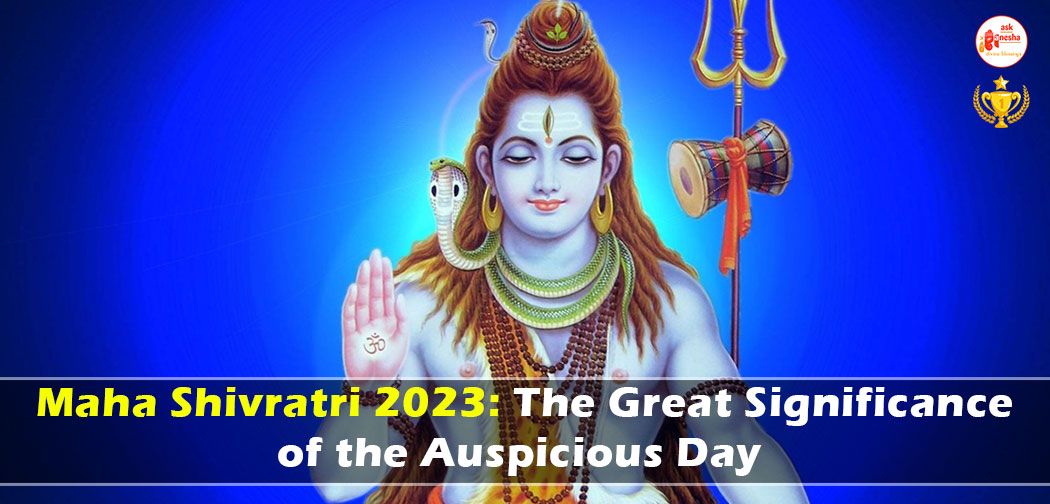
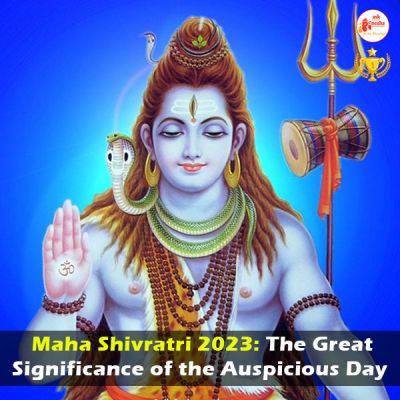



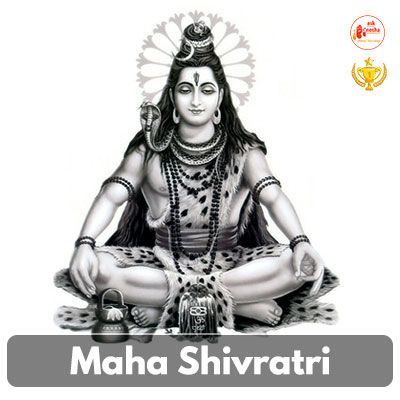
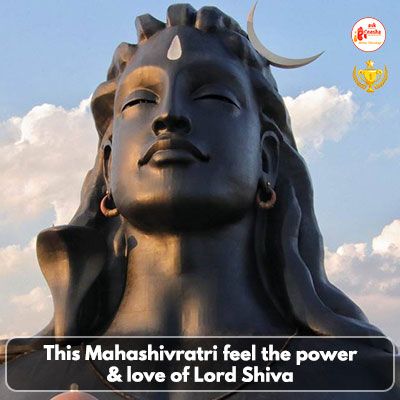
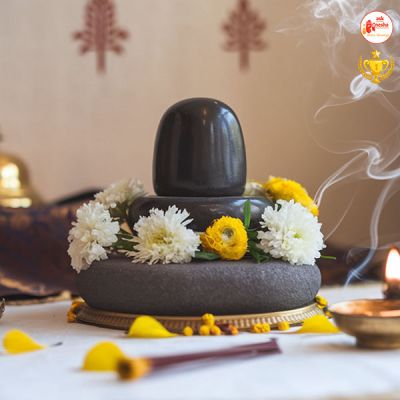


 Translate
Translate